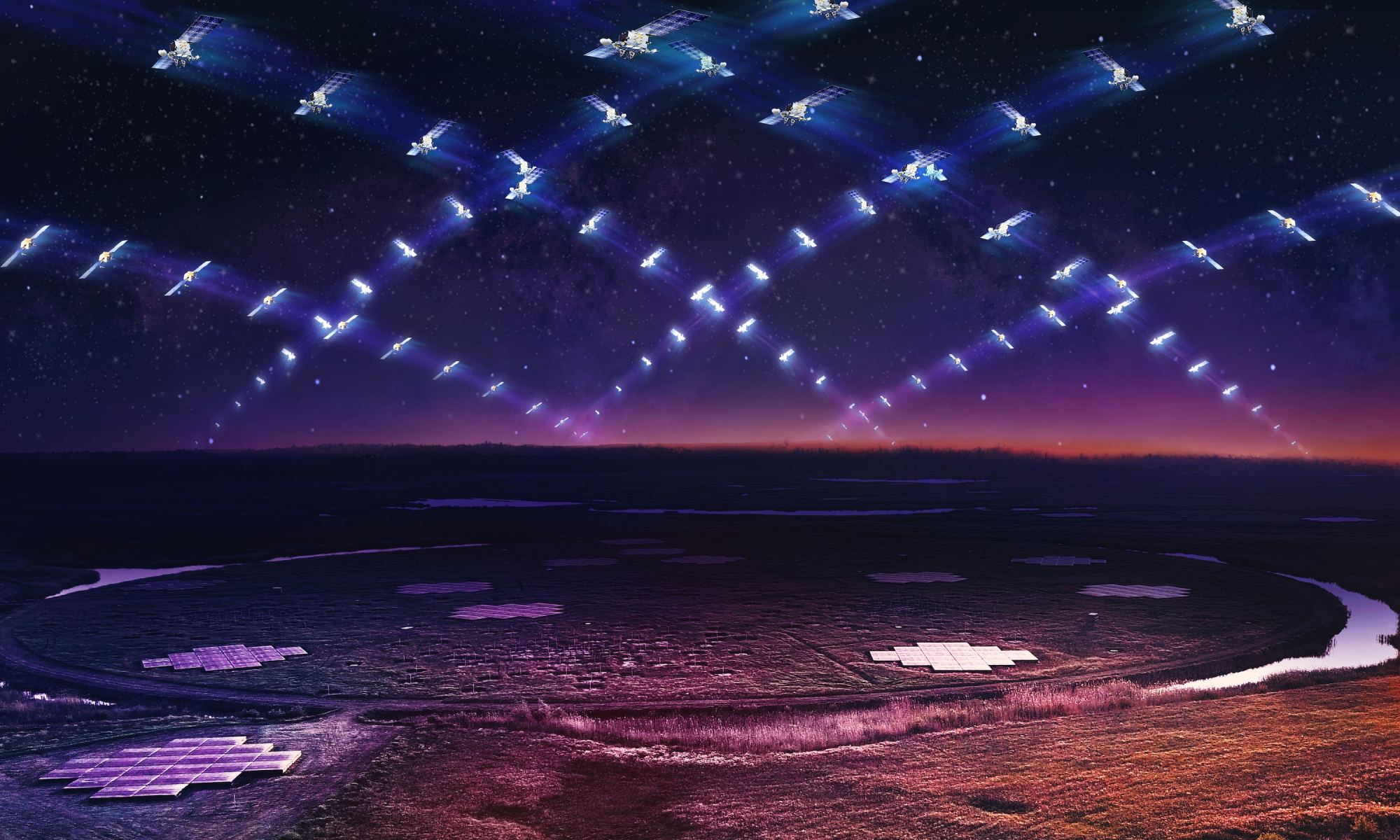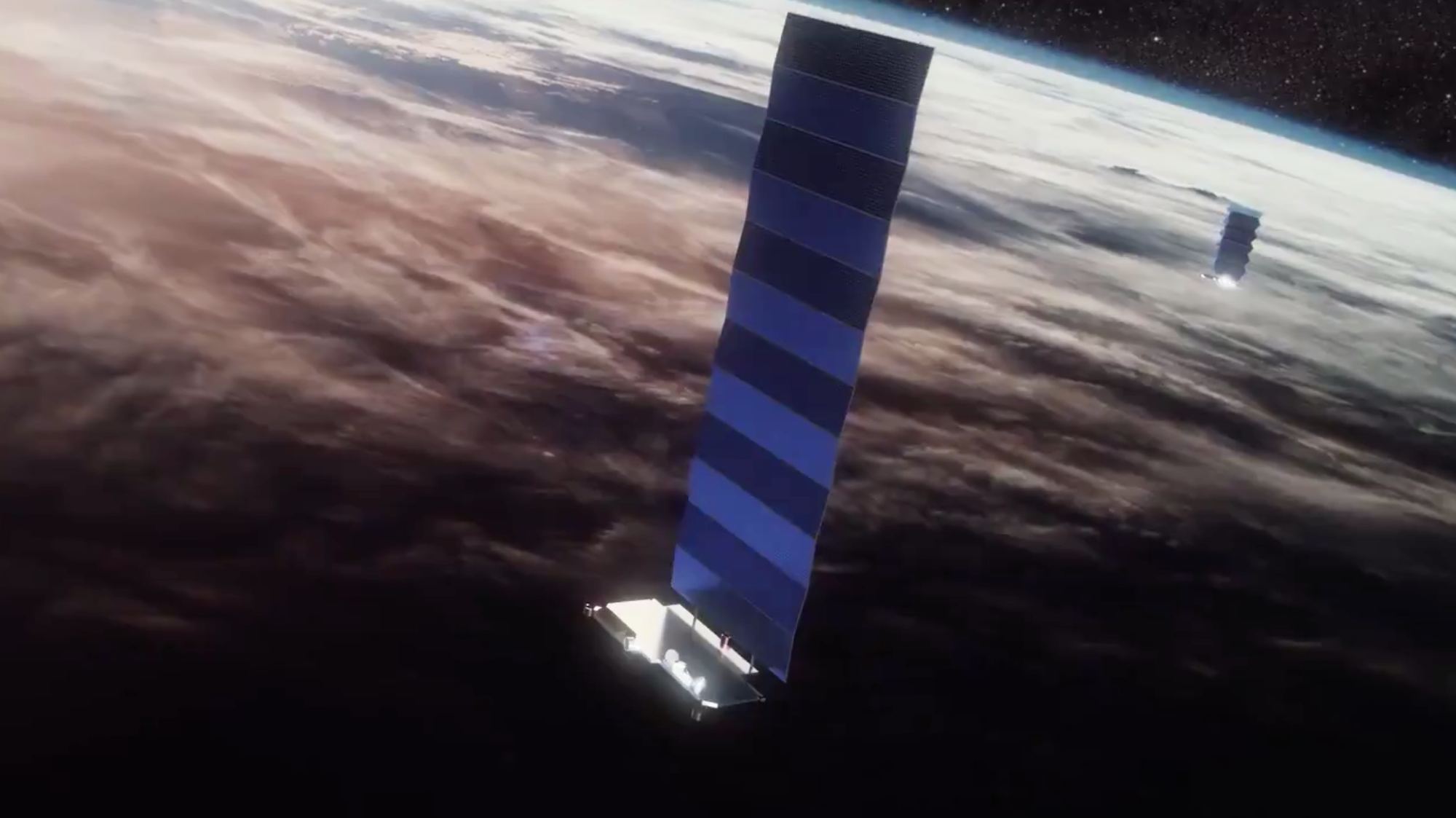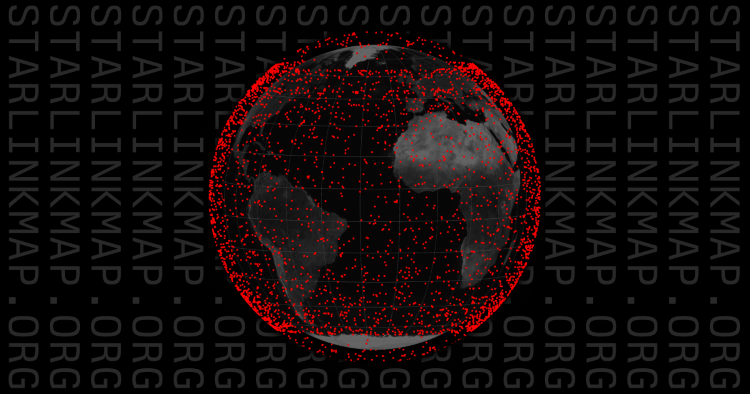Global internet access does seem like a worthy enterprise yet the rise of satellite megaconstellations there is a danger of the night sky becoming ruined. Astronomers the world over are keeping an eye on the impact these satellites are having on the night sky. Until recently the concerns have been relating to the reflection of visible light against the sky hindering night time observations. A recent study shows that the second-generation Starlink satellites leak 32 times the radio signal than the previous models. Are their presence putting at risk the radio sky now too?
Continue reading “Second Generation Starlinks are 32 Times Brighter in Radio Wavelengths”Starlink Direct-to-Cell Satellites are Coming. What Will Be Their Impact on Astronomy?
Mention the name Starlink among the astronomy community and you will often be greeted with a shudder. There are now thousands of Starlink satellites orbiting Earth providing internet connectivity to every corner of the Earth. Many believe they are making astronomy difficult but now, SpaceX is launching another service; ‘direct-to-cell’ technology that will allow mobile phones to use satellites to send text messages as early as this year. Voice and data services are likely to follow on quickly next year. With smaller antennae at a lower altitude what is their impact on astronomy?
Continue reading “Starlink Direct-to-Cell Satellites are Coming. What Will Be Their Impact on Astronomy?”SpaceX’s Rocket Failure Could Cause Delays for Lots of Launches

After going eight years and more than 300 launches without a failure, SpaceX had a Falcon 9 rocket launch go awry, resulting in the expected loss of 20 Starlink satellites.
The Federal Aviation Administration said it would oversee an investigation into the anomaly, raising the prospect that dozens of launches could be delayed until the problem is identified and rectified. Update for July 27: SpaceX was able to resume Falcon 9 launches after the FAA ruled that no public safety issues were involved in the anomaly.
As many as 40 Falcon 9 launches are on tap between now and the end of the year — potentially including missions that would carry astronauts to the International Space Station and send the privately funded Polaris Dawn crew into orbit for the world’s first commercial spacewalk.
Continue reading “SpaceX’s Rocket Failure Could Cause Delays for Lots of Launches”Starlinks Can Produce Surprisingly Bright Flares to Pilots

How can sunlight reflecting off SpaceX’s Starlink satellites interfere with ground-based operations? This is what a recently submitted study hopes to address as a pair of researchers investigate how Starlink satellites appear brighter—which the researchers also refer to as flaring—to observers on Earth when the Sun is at certain angles, along with discussing past incidents of how this brightness has influenced aerial operations on Earth, as well. This study holds the potential to help spacecraft manufacturers design and develop specific methods to prevent increased brightness levels, which would help alleviate confusion for observers on Earth regarding the source of the brightness and the objects in question.
Continue reading “Starlinks Can Produce Surprisingly Bright Flares to Pilots”Starlink on Mars? NASA Is Paying SpaceX to Look Into the Idea
NASA has given the go-ahead for SpaceX to work out a plan to adapt its Starlink broadband internet satellites for use in a Martian communication network.
The idea is one of a dozen proposals that have won NASA funding for concept studies that could end up supporting the space agency’s strategy for bringing samples from Mars back to Earth for lab analysis. The proposals were submitted by nine companies — also including Blue Origin, Lockheed Martin, United Launch Alliance, Astrobotic, Firefly Aerospace, Impulse Space, Albedo Space and Redwire Space.
Awardees will be paid $200,000 to $300,000 for their reports, which are due in August. NASA says the studies could lead to future requests for proposals, but it’s not yet making any commitment to follow up.
Continue reading “Starlink on Mars? NASA Is Paying SpaceX to Look Into the Idea”Watch a Real-Time Map of Starlinks Orbiting Earth
In an effort to enhance the educational outreach of their Starlink constellation, there is an interactive global map of their Starlink internet satellites, which provides live coverage of every satellite in orbit around the Earth. This interactive map and information was produced by Will DePue, who is a an OpenAI programmer and openly states he is not affiliated with SpaceX or Starlink. This interactive map comes as SpaceX continues to launch Starlink satellites into orbit on a near-weekly basis with the goal of providing customers around the world with high-speed internet while specifically targeting rural regions of the globe. In 2022, Starlink officially reached all seven continents after Starlink service became available in Antarctica. Additionally, SpaceX announced in 2023 a partnership with T-Mobile for Starlink to provide mobile coverage, as well.
Continue reading “Watch a Real-Time Map of Starlinks Orbiting Earth”Satellites Make up to 80,000 Flashing Glints Per Hour. It's a Big Problem for Astronomers
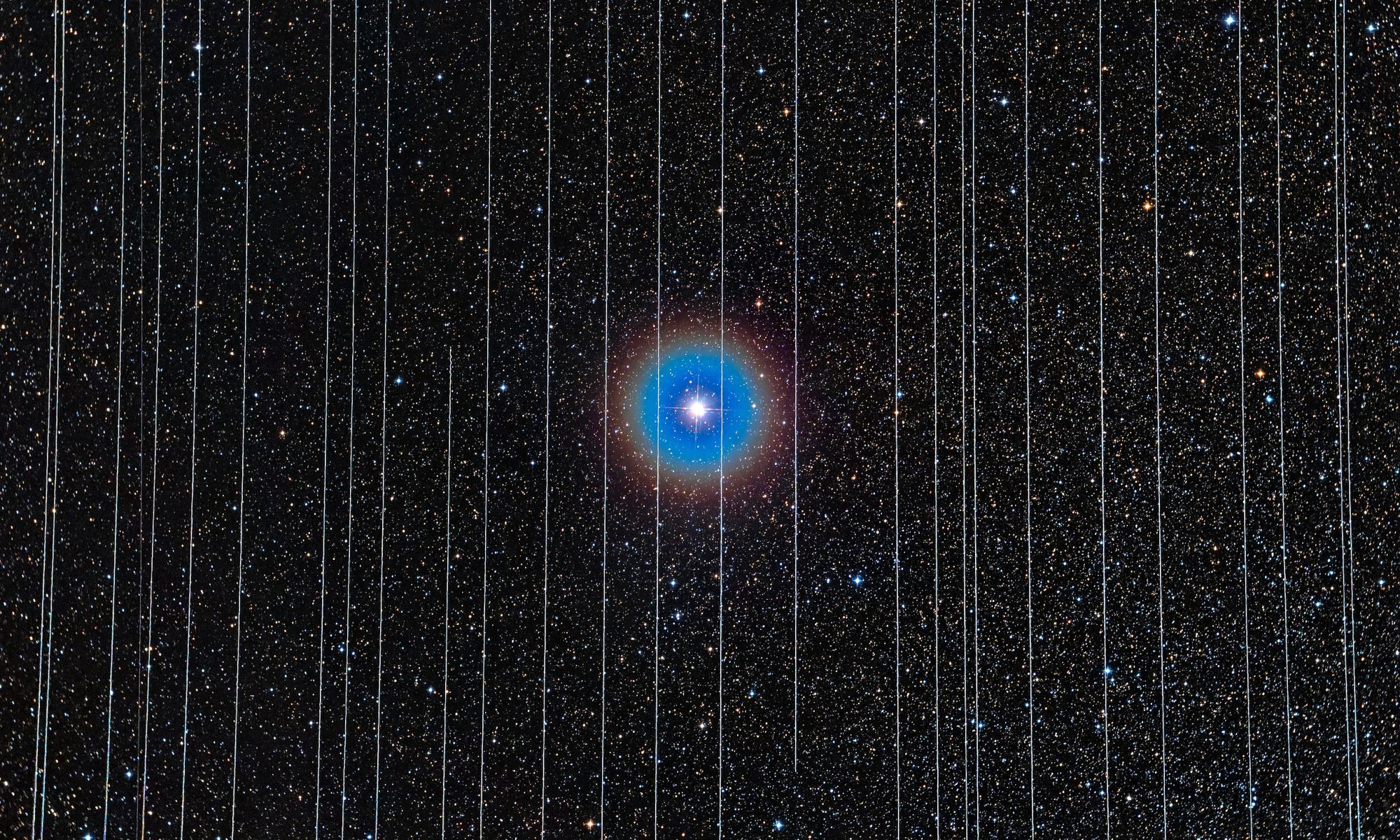
Large-scale sky surveys are set to revolutionize astronomy. Observatories such as Vera Rubin and others will allow astronomers to observe how the sky changes on the scale of days, not weeks or months. They will be able to capture transient events such as supernovae in their earliest stages and will discover near-Earth asteroids we have missed in the past. At the same time, the rise of satellite constellations such as Starlink threatens to overwhelm these surveys with light pollution and could threaten their ability to succeed.
Continue reading “Satellites Make up to 80,000 Flashing Glints Per Hour. It's a Big Problem for Astronomers”Starlinks are Easily Detected by Radio Telescopes
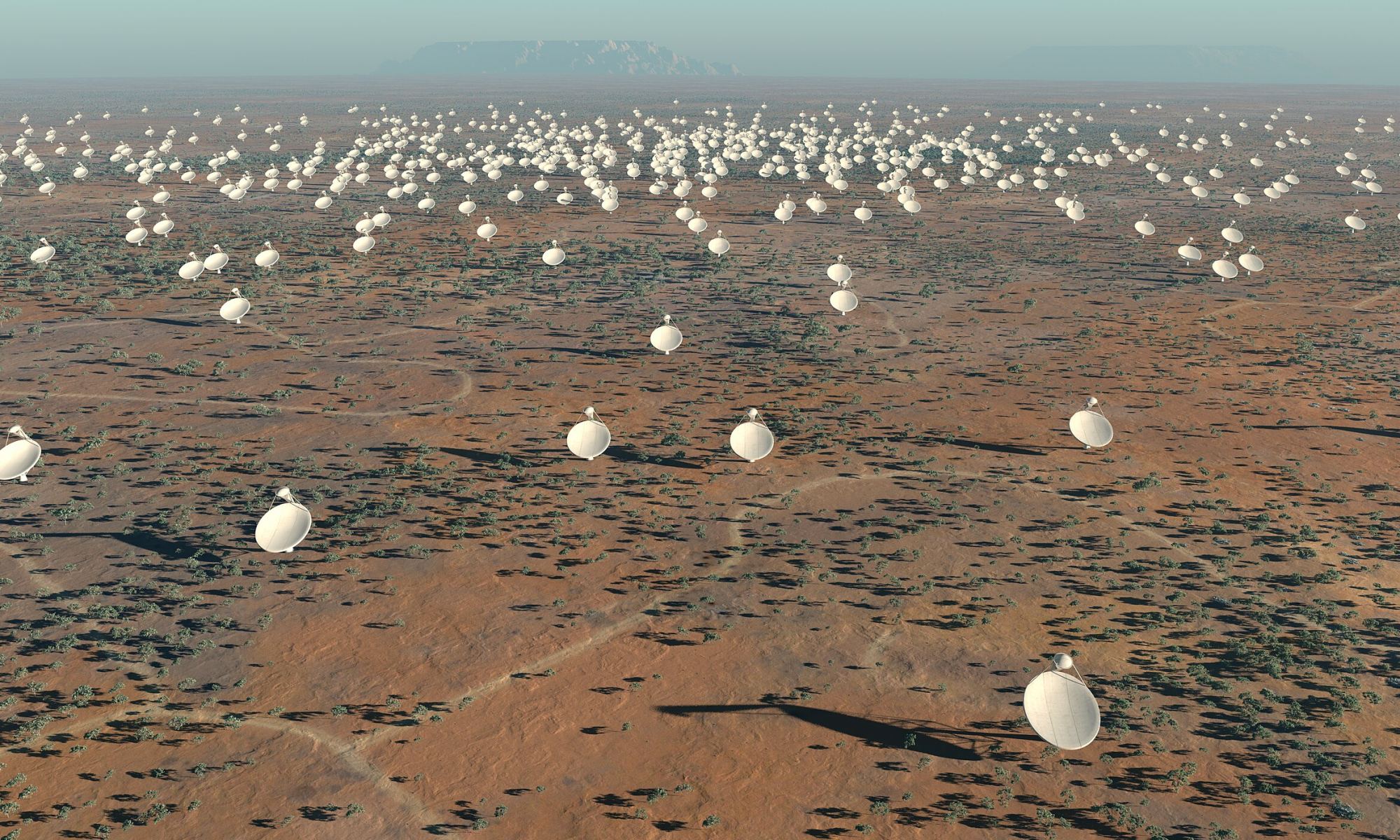
Radio astronomy and satellite communication have a long common history. Advances made in one field have benefitted the other, and our modern era of spacecraft and mobile internet is a product of this partnership. But there are times when the goals of radio astronomy and the goals of communication satellites are in opposition. This is most clearly seen in the development of satellite constellations such as Starlink.
Continue reading “Starlinks are Easily Detected by Radio Telescopes”China Has Begun Launching its Own Satellite Internet Network

Since 2019, Elon Musk and SpaceX have led the charge to create high broadband satellite internet services. As of May 2023, the Starlink constellation consisted of over 4,000 satellites operating in Low Earth Orbit (LEO) and roughly 1.5 million subscribers worldwide. Several competitors began launching constellations years before Starlink began, and several companies have emerged since. This includes HughesNet, OneWeb, and Amazon’s Kuiper Systems. But Starlink’s latest challenger could be its most fearsome yet: a company in China backed by the Beijing government!
On Sunday, July 9th, a prototype internet satellite was launched aboard a Long March 2C carrier rocket from China’s Jiuquan Satellite Launch Center in Inner Mongolia. The satellite has since entered a predetermined orbit, where it will conduct several tests to validate the broadband satellite technology. The long-term aim of the project is to create a constellation of 13,000 satellites code-named “Guo Wang,” – which loosely translates to “state network” in Mandarin – reflecting Beijing’s vision for a state-run share of the satellite internet market.
Continue reading “China Has Begun Launching its Own Satellite Internet Network”Astronomers Map out the Radio Waves Coming From Large Satellite Constellations
Satellite internet constellations such as Starlink have the potential to make connect nearly the entire world. Starlink already provides internet access to remote areas long excluded by the internet revolution, and other projects such as OneWeb and Project Kuiper are in the works. But there are side effects to creating a massive array of low-orbit satellites, and one of them is the potentially serious effect on astronomy.
Continue reading “Astronomers Map out the Radio Waves Coming From Large Satellite Constellations”
